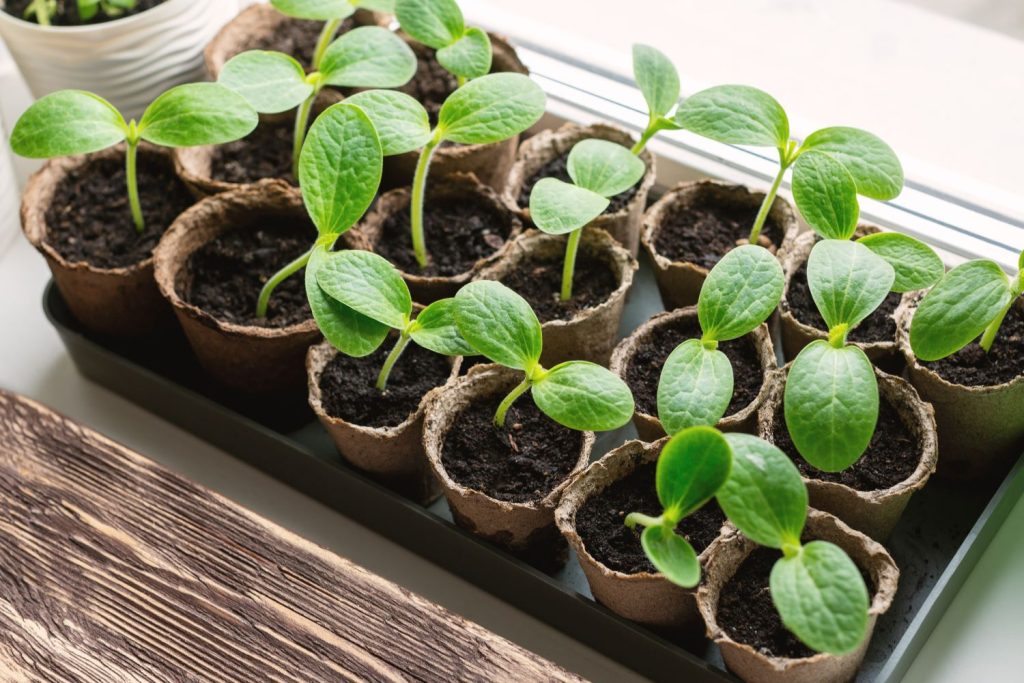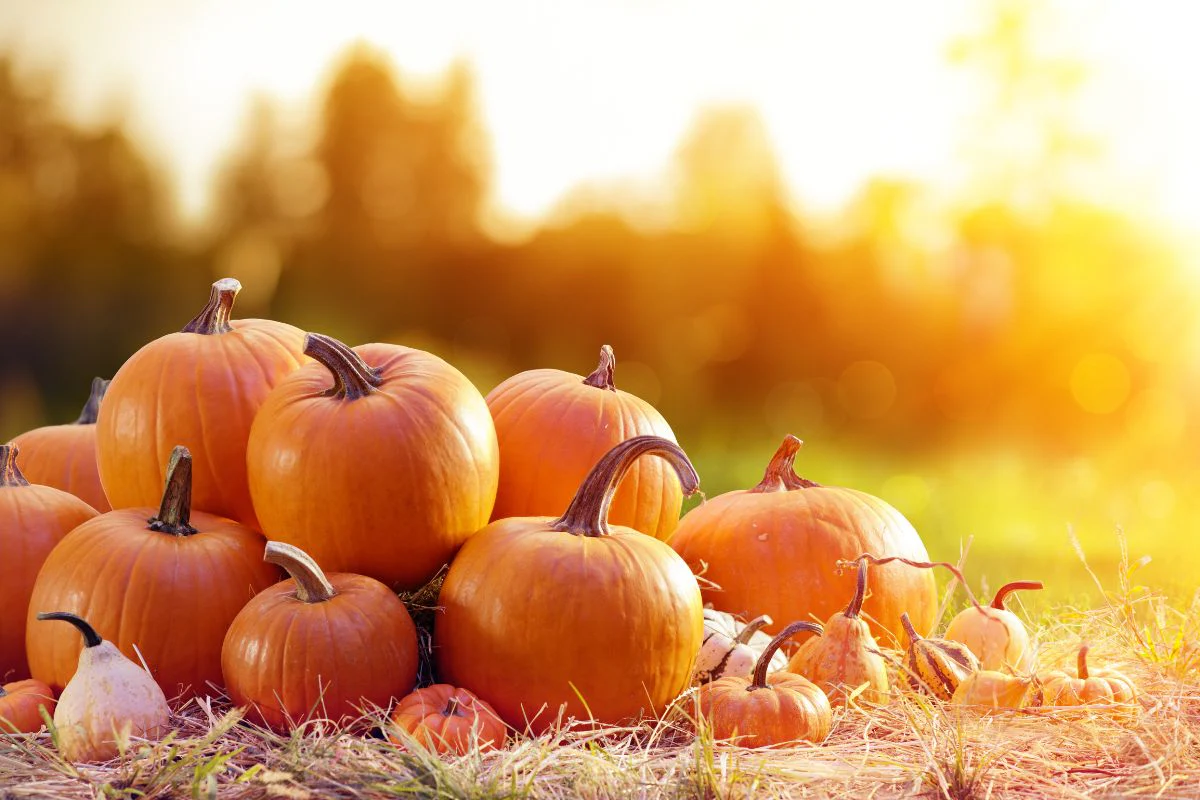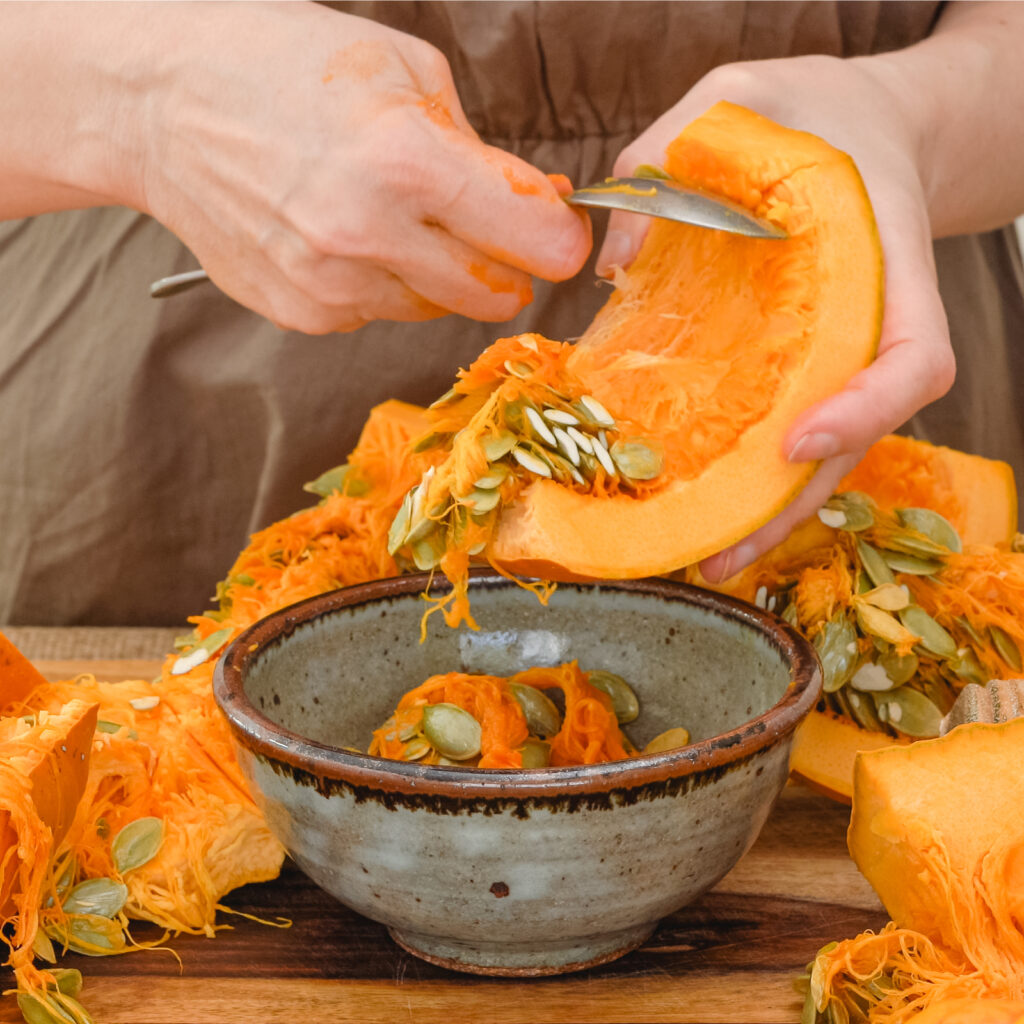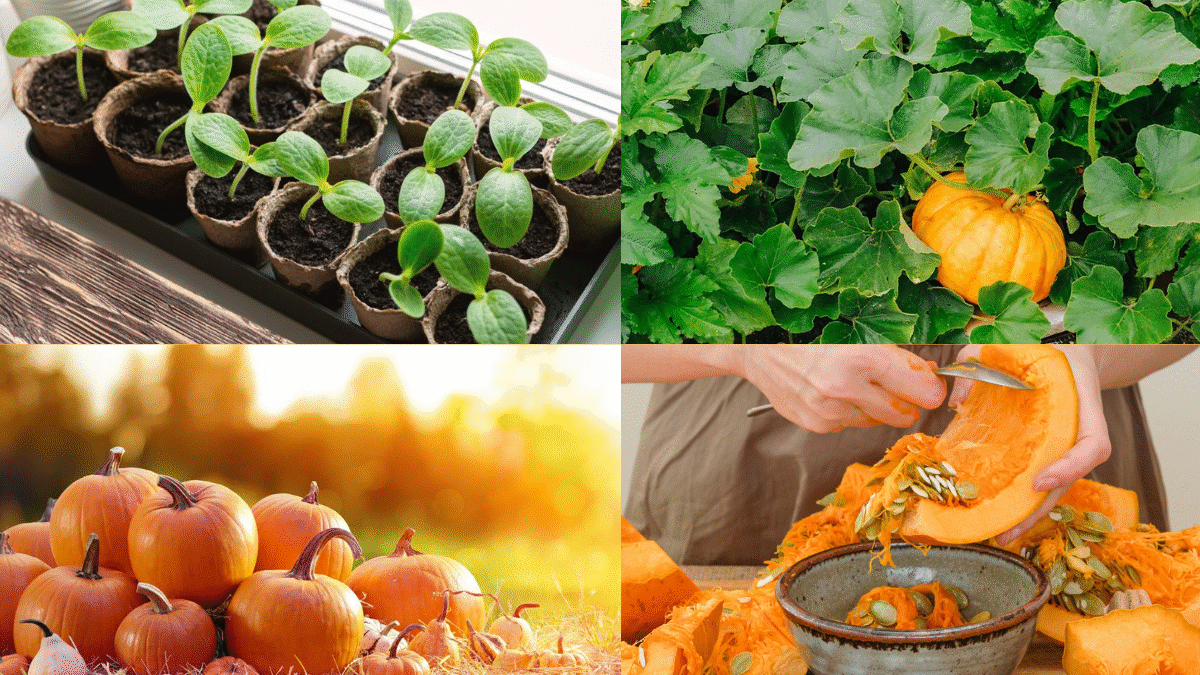There’s something magical about growing your own pumpkins. Whether you dream of carving them into spooky jack-o’-lanterns, baking homemade pumpkin pies, or simply decorating your front porch with their cheerful orange glow, planting pumpkin seeds is a fun and rewarding gardening adventure for all ages.
Even better — pumpkins are surprisingly easy to grow when you know the basics. In this guide, we’ll walk you through everything you need to know about planting pumpkin seeds for a beautiful, bountiful fall harvest.

Why Grow Your Own Pumpkins?
Before we dive into the how-to, let’s talk about why you should grow pumpkins in your garden:
- Fun for the Whole Family: Watching tiny seeds turn into sprawling vines and plump pumpkins is exciting for kids and adults alike.
- Perfect for Fall Decor: Freshly grown pumpkins are the ultimate autumn accent for porches, patios, and Thanksgiving tables.
- Tasty Treats: Homemade pumpkin pies, soups, and roasted seeds taste even better when they come from your own garden.
- Pollinator-Friendly: Pumpkin flowers attract bees and beneficial insects.
Choosing the Right Pumpkin Variety
Pumpkins come in many shapes, sizes, and colors — so think about what you want to do with your pumpkins before choosing a variety. Some popular options include:
- Jack O’Lantern: Medium to large, perfect for carving.
- Sugar Pie: Small, sweet pumpkins ideal for baking.
- Atlantic Giant: If you’re feeling adventurous, these can weigh over 500 pounds!
- Miniature Varieties: Like ‘Jack Be Little’ for cute, tiny pumpkins.
- Cinderella Pumpkins: Flatter, bright orange, and perfect for fall displays.
Check your local seed catalogs or nurseries for varieties suited to your growing zone.
When to Plant Pumpkin Seeds
Pumpkins are a warm-season crop and don’t tolerate frost. The best time to plant depends on your region and when you want to harvest them:
- For a Halloween harvest: Sow seeds in late May to early June.
- For a Thanksgiving harvest: Plant in mid to late June.
Pumpkins need 75–120 days to mature, depending on the variety.

Where to Plant Pumpkin Seeds
Pumpkins love space, sun, and rich soil. Here’s what they need:
- Full Sun: At least 6–8 hours of direct sunlight daily.
- Room to Sprawl: Pumpkin vines can spread 10–20 feet, so give them plenty of room.
- Well-Drained, Fertile Soil: Pumpkins are heavy feeders and prefer slightly acidic to neutral soil (pH 6.0–7.0) enriched with compost or aged manure.
How to Prepare the Soil
Before planting:
- Loosen the soil to a depth of 12–15 inches.
- Mix in organic matter like compost or well-rotted manure.
- Create hills or mounds: This improves drainage and warms the soil faster. Space hills about 4–6 feet apart for smaller varieties and 8–12 feet apart for larger ones.
How to Plant Pumpkin Seeds
You can start seeds indoors or sow them directly in the garden.
Starting Seeds Indoors (Optional)
- Start 2–4 weeks before your last frost date.
- Use peat pots or seed trays filled with seed-starting mix.
- Plant seeds about 1 inch deep.
- Keep them warm (70–85°F) and moist.
- Transplant outdoors once the soil is consistently warm and plants have 2–3 leaves.
Direct Sowing (Recommended)
- Wait until soil temperatures reach 70°F or warmer.
- Plant 4–5 seeds per hill, about 1 inch deep.
- Space hills according to the variety’s size needs.
- Thin to the 2–3 strongest seedlings per hill once they sprout.

Watering and Fertilizing
Watering:
- Pumpkins need 1–2 inches of water per week.
- Water deeply and consistently, especially during fruit formation.
- Avoid overhead watering to prevent disease; use a soaker hose or water at the base.
Fertilizing:
- Start with a balanced fertilizer (10-10-10) when planting.
- Switch to a high-phosphorus fertilizer (like 5-10-5) when flowers appear to encourage fruiting.
- Avoid over-fertilizing with nitrogen, which encourages vines over fruit.
Pollination Tips
Pumpkins produce both male and female flowers. Bees are essential for pollination. Without it, you won’t get pumpkins.
- Male flowers: Appear first, on thin stems.
- Female flowers: Have a tiny bulb (the baby pumpkin) at their base.
If bee activity is low, hand-pollinate by transferring pollen from a male flower to a female flower using a small brush or cotton swab.

Managing Vines and Growth
Pumpkin vines can take over your garden, so manage their growth carefully:
- Pinch off the tips of the vines after a few pumpkins have set to direct energy into fruit growth.
- Prune excess vines to prevent overcrowding.
- Use mulch to control weeds, retain moisture, and keep developing pumpkins clean.
Common Pests and Problems
Watch out for:
- Squash Bugs: Suck plant juices and cause wilting.
- Cucumber Beetles: Chew leaves and flowers.
- Powdery Mildew: Appears as white, powdery spots on leaves.
Solutions:
- Use floating row covers early in the season.
- Handpick pests or spray insecticidal soap.
- Apply a fungicide or neem oil if mildew appears.
- Ensure good airflow around plants.
Harvesting Your Pumpkins
The best part of growing pumpkins is harvest time!
How to tell when they’re ready:
- Skin is hard and cannot be punctured easily with a fingernail.
- The pumpkin has reached its mature color (usually deep orange).
- The stem is dry and begins to shrivel.
How to harvest:
- Use a sharp knife or garden shears to cut the stem, leaving 3–4 inches attached.
- Handle pumpkins gently to avoid bruising.
- Cure them in a warm, dry place for 7–10 days to toughen the skin and improve storage life.
Storing and Using Pumpkins
After curing:
- Store pumpkins in a cool (50–60°F), dry place.
- Avoid stacking them to prevent bruising.
- Properly stored, pumpkins can last 2–3 months or more.
Ideas for using your homegrown pumpkins:
- Carve for Halloween.
- Bake pumpkin pies, muffins, or roasted seeds.
- Decorate for autumn.
- Use miniature varieties for table centerpieces.
Final Thoughts
Planting pumpkin seeds isn’t just about growing vegetables — it’s about creating memories. From watching the first sprouts to picking your perfect pumpkin on a crisp autumn afternoon, this gardening project offers excitement, learning, and a true sense of accomplishment.
Whether you’re an experienced gardener or a beginner, pumpkins are a joy to grow. So grab a packet of seeds, dig into the soil, and start your journey to a fun, festive fall harvest!





Leave A Comment